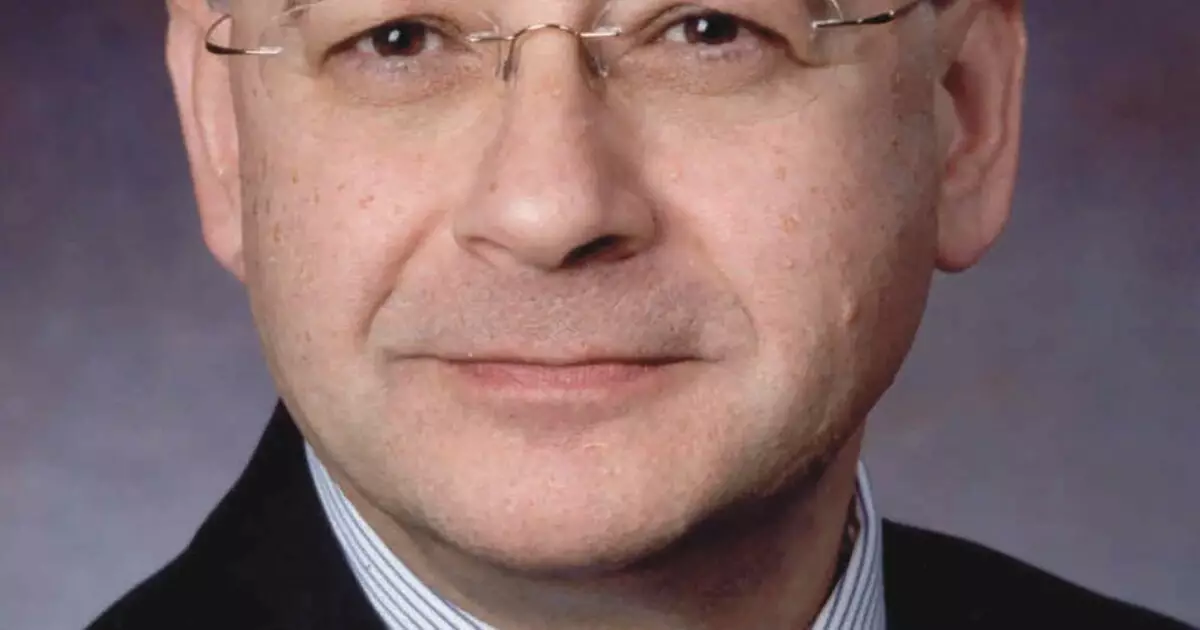As the political landscape prepares for the aftermath of the elections, the House Committee on Transportation and Infrastructure finds itself at a pivotal crossroads. Although historically shying away from melodrama, the committee is on the cusp of a potential power struggle that could redefine its leadership hierarchy. The impending changes could significantly impact the sector, as industry groups closely monitor the developments, tailoring their strategies based on which party ultimately holds the reins of power.
Paul P. Skoutelas, the President and CEO of the American Public Transportation Association, underscored this notion by stating that the organization’s strategy, particularly its messaging, will adapt depending on the party that secures the majority. This insight speaks volumes about the importance of political affiliations in shaping transportation policies. The overarching aim is to elevate public transportation funding, indicating a need for robust advocacy regardless of the political currents.
Currently, the committee is under the stewardship of Rep. Sam Graves from Missouri, who has made his intentions clear about continuing in this vital role despite nearing the end of a stipulated six-year term limit. The procedural intricacies of congressional leadership allow for a waiver from the Republican Steering Committee, an avenue Graves may pursue. This scenario highlights the complex interplay between longevity in politics, leadership aspirations, and the unwritten rules that govern congressional committees.
Meanwhile, Rep. Rick Crawford from Arkansas is making his intentions explicit by formally announcing his candidacy for the committee chair position. This competition for leadership not only illustrates individual ambitions but also presents a microcosm of the wider Republican strategy as they brace for potential challenges in retaining their hold on the House.
Graves, representing Missouri’s sixth district, is expected to secure re-election against Pam May, a Democratic challenger who is navigating her first foray into political waters. Similarly, Crawford appears poised to win against his competitor, Rodney Govens, suggesting a stable political environment for these individuals if they can stay the course in their respective districts.
The importance of party control cannot be overstated. Should the Republicans maintain their majority, the anticipated contest between Graves and Crawford will be intensely scrutinized; but a shift in control to the Democrats would fundamentally alter the dynamics of the committee. For instance, if Democrats regain the House, Rep. Rick Larsen from Washington stands to reclaim the chairmanship, a role he has previously occupied and defended with vigor. His steadfast support for the Bipartisan Infrastructure Law positions him as a crucial figure in promoting a legislative agenda focused on comprehensive transportation reforms.
Larsen’s political background, serving since 2001, further solidifies his experience and credibility within the committee, potentially allowing him to push through impactful measures that could facilitate significant advancements in the transportation sector. On the contrary, his opponent, Cody Hart, a self-identified “MAGA Republican,” lacks the visibility and established constituency that could challenge Larsen effectively.
Legislative Responsibilities and Future Directions
The House Committee on Transportation and Infrastructure wields considerable influence over critical national assets, including highways, bridges, mass transit, railroads, aviation, and emergency services. This extensive jurisdiction underscores the importance of the upcoming leadership elections; the outcomes will not only affect the committee but also have larger implications on how the federal government approaches infrastructure investment and policy formulation.
Recent activities within the committee, including the approval of 29 legislative measures in September alone, indicate a vibrant agenda and a proactive approach to governance. Yet the ramifications of a potential leadership change remind us that the committee’s direction may pivot sharply based on the prevailing political landscape.
As we approach the election results and the subsequent reorganization of Congressional leadership, stakeholders—from policymakers to industry groups—must remain vigilant. The Transportation and Infrastructure Committee’s next chairperson could significantly reshape America’s transportation investment strategy, and the stakes have never been higher. Ultimately, the committee’s performance and decisions following the elections will serve as a litmus test for the effectiveness of political leadership in shaping the future of national infrastructure.

